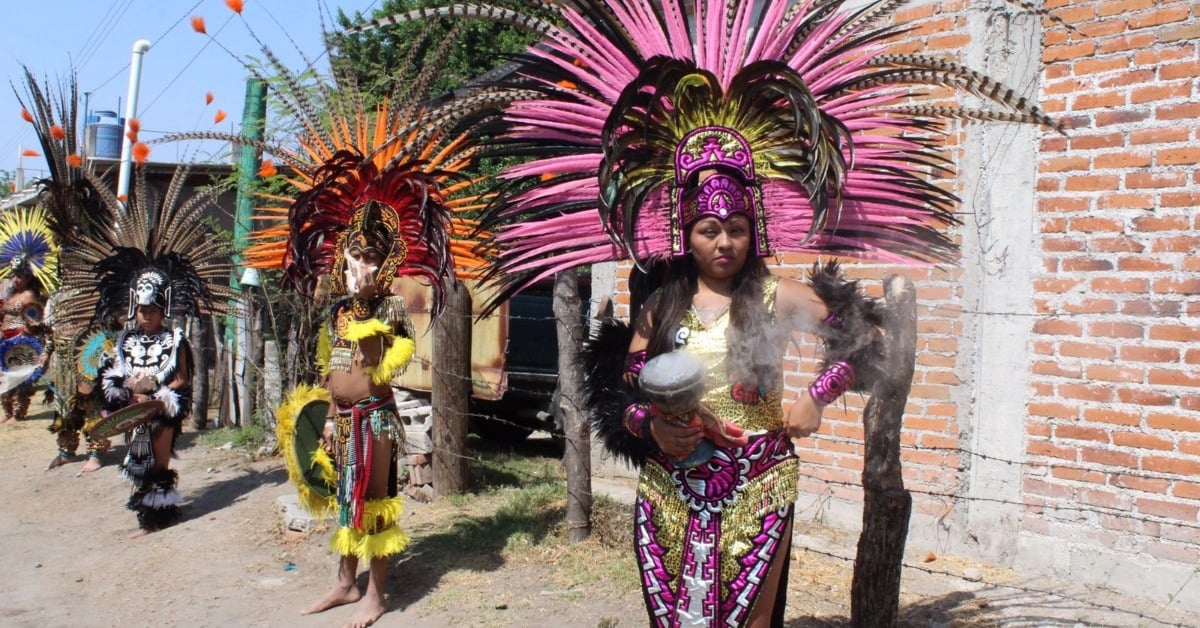Morelos has started a statewide campaign to protect Indigenous languages like Nahuatl and Mixtec through education and community outreach . . .


Morelos has started a statewide campaign to protect Indigenous languages like Nahuatl and Mixtec through education and community outreach . . .

